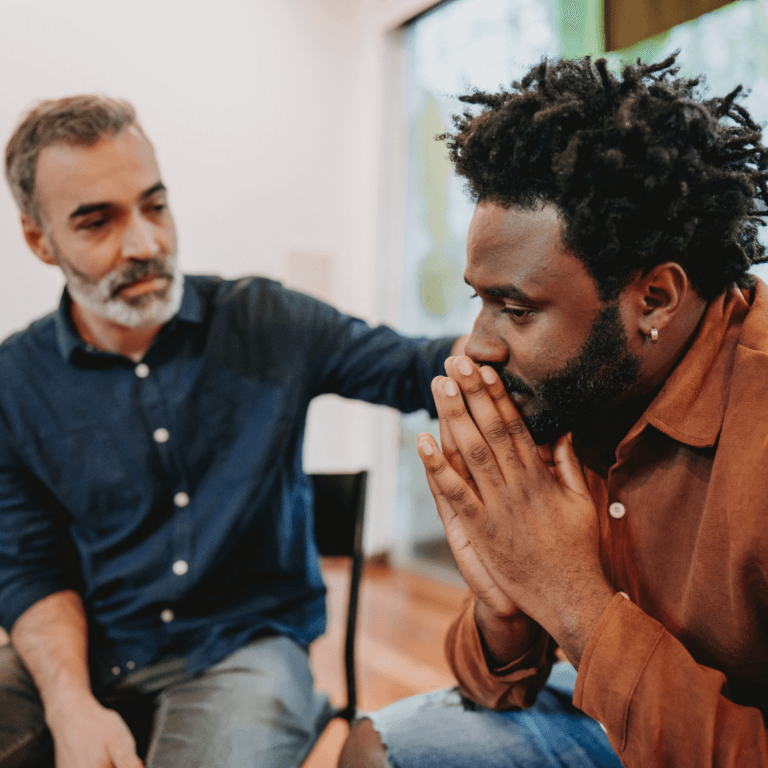In recent years, our nation has become very familiar with the opioid crisis that has affected the lives of hundreds of thousands of Americans.
While both substances have similar effects on the body, it’s important to note that these refer to two, albeit similar, substances. When talking about this drug class, opioid and opiate are terms that are often used interchangeably, but they’re not the same.
So, what’s the difference between an opioid and an opiate?
Let’s start with the basics.
What are opiates?
Opiates are natural substances with analgesic — pain-relieving — properties. Opiates are derived from the opium that is extracted from poppy plants predominantly grown in Southeast Asia. Common names for substances that fall under the category of opiates include opium, morphine, codeine and heroin. They’re also known by the street names smack, junk, dope and many more.
Illicit opiates have grown increasingly scarce on the streets, and many habitual users have recently found their drug of choice replaced by powerful synthetic alternatives. These synthetic opioids, such as fentanyl, have been saturating the market since 2013, and have led to an increased rate of overdose deaths due to their comparatively high potency.
This begs the question, what substances are considered opioids?
What are opioids?
The word “opioid” is a term used to refer to all substances that bind to the opioid receptors in the brain, including both opiates and synthetic alternative substances.
This umbrella term includes natural opiates, such as morphine, codeine and heroin as well as synthetic compounds with an ascribed medical use, such as oxycodone, hydrocodone, hydromorphone and fentanyl.
These synthetic opioids are often prescribed by a medical professional for pain medicine, but can lead to substance use disorder, and are often used illicitly. When sold on the street, these are often referred to as percs, juice, dillies, jackpot, TNT, Oxy and many more.
What do opiates and opioids have in common
Both drug types act in similar ways on the brain and body, and are among the most addictive substances known to humanity.
When ingested, both opiates and opioids attach to the opioid receptors in the brain, spine and other organs. This effectively blocks pain throughout the nervous system, and provides a sensation of euphoria and deep relaxation. The brain imprints these positive effects onto its reward system, setting the stage for dependence and addiction.
Consistent consumption of opioids causes the brain to become dependent on the substance. The opioid floods the bloodstream with dopamine and endorphins, the feel-good chemicals, causing the brain to cut back natural production of these neurotransmitters. The individual begins to require higher or more frequent doses of the substance to avoid experiencing withdrawal symptoms.
There are many adverse effects caused by opioid addiction. In addition to the life-threatening possibility of an overdose, opioid use disorder can cause impaired reasoning skills, poor problem-solving skills, impaired memory and difficulty regulating behavior. The physical consequences of long-term opioid addiction may include significant weight loss, liver disease, heart problems, kidney damage, collapsed veins and seizures.
Signs of addiction to opioids and opiates
Opioid use can result in addiction in just a few short weeks. The telltale signs of opioid addiction encompass a wide range of symptoms, including behavioral, physical and psychological symptoms:
Physical Signs
- Insomnia
- Decreased appetite and weight loss
- Chronic constipation
- Dry mouth
- Drowsiness and lack of energy
- Constricted pupils, or pin-dot pupils, caused by the constriction of blood vessels
- Reduced respiration
- High blood pressure
- Hyper-vigilance
- Increased heart rate
Psychological Signs
- Anxiety
- Confusion
- Mood swings
- Nervousness
- Psychosis
- Euphoria
- Apathy
- Irritability
- Withdrawal symptoms
Behavioral Signs
- Repeated refills of prescription
- Increased tolerance
- Stealing opioids from friends and family
- Stealing money or personal property to purchase opioids
- Purchasing opioids illegally
- Doctor shopping
- Hanging out with a different group of people
- No longer participating in activities or hobbies once enjoyed.
- Decline in academic or work performance
- Loss of motivation
- Isolating behaviors
- Secretive behaviors
Recovering from opioid use disorder begins with medically monitored withdrawal management, followed by enrollment in a comprehensive treatment program. Medication Supported RecoveryTM may also be beneficial as a continuing care protocol for some individuals.
Ashley Addiction Treatment, formerly Father Martin’s Ashley, is a nationally recognized nonprofit leader in integrated, evidence-based treatment for substance use disorders. Our programs are accredited by The Joint Commission, and result in frequent publications of ongoing research into effective treatment methodologies. We offer holistic care that encompasses the mind, body and spirit through inpatient and outpatient treatment, provide drug detox, relapse prevention plans, family wellness programs and a variety of other services tailored to each patient’s unique needs. Our driving principle — “everything for recovery” — reinforces our mission to transform and save lives through the science of medicine, the art of therapy and the compassion of spirituality, and is complemented by our philosophy of healing with respect and dignity. For information about our comprehensive programs, please call 866-313-6307.

